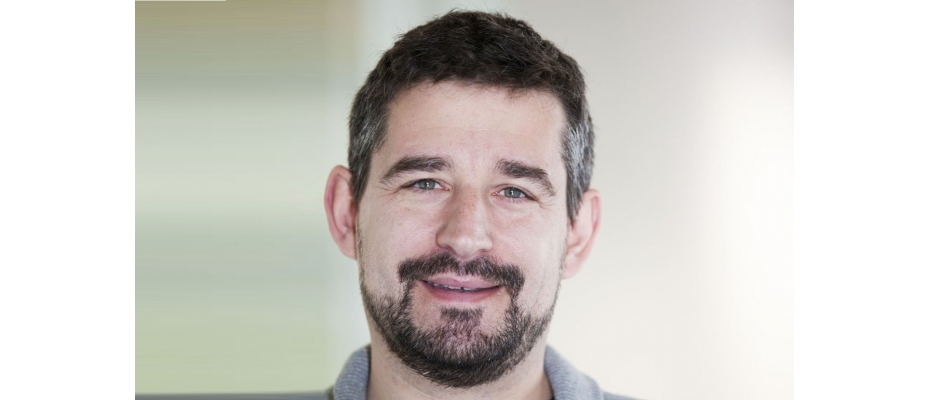
The Centre for Genomic Regulation (CRG) and the CNAG have signed a collaboration agreement with the aim of boosting research in the field of genomic analysis. This partnership provides the framework for collaboration in specific research projects and the promotion of research of interest to both institutions.
The first consequence of the signing of this agreement, is that the Structural Genomics Group of the CNAG, will also join the Gene Regulation, Stem Cells and Cancer programme of the CRG, coordinated by Juan Valcárcel and Thomas Graf.
With this dual affiliation, the Structural Genomics group will have better resources to develop their science both experimentally and computationally. The group will carry out its laboratory work at the CRG where it will have access to the most innovative experimental techniques, cutting-edge scientific services and facilities and the collaboration of top-level researchers at the centre as well as the full range of seminars and conferences the CRG organises for its members. At the same time, it will provide the CRG with its expertise in 3D genome analysis. The computational activity of the group, which involves both sequencing and sequence analysis, will continue at the CNAG which has the computing capacity needed to make powerful computer calculations.
The Structural Genomics group, headed by researcher Marc A. Marti-Renom, is principally interested in revealing the molecular mechanisms that regulate the cell. To do this they use the laws of physics and evolution to develop and apply computational methods to help predict the 3D structure of macromolecules and their complexes. In particular the Structural Genomics Group focuses its efforts on 3 areas of research: the structural determination of genomes and genomic domains, the structural determination and prediction of RNA molecules and the structural prediction of proteins and their complexes.
This alliance is in line with the strategic guidelines set out by the recently passed Science Law fostering the mobility of researchers to increase critical mass and scientific competitiveness.
Photograph: Researcher Marc A. Marti-Renom










